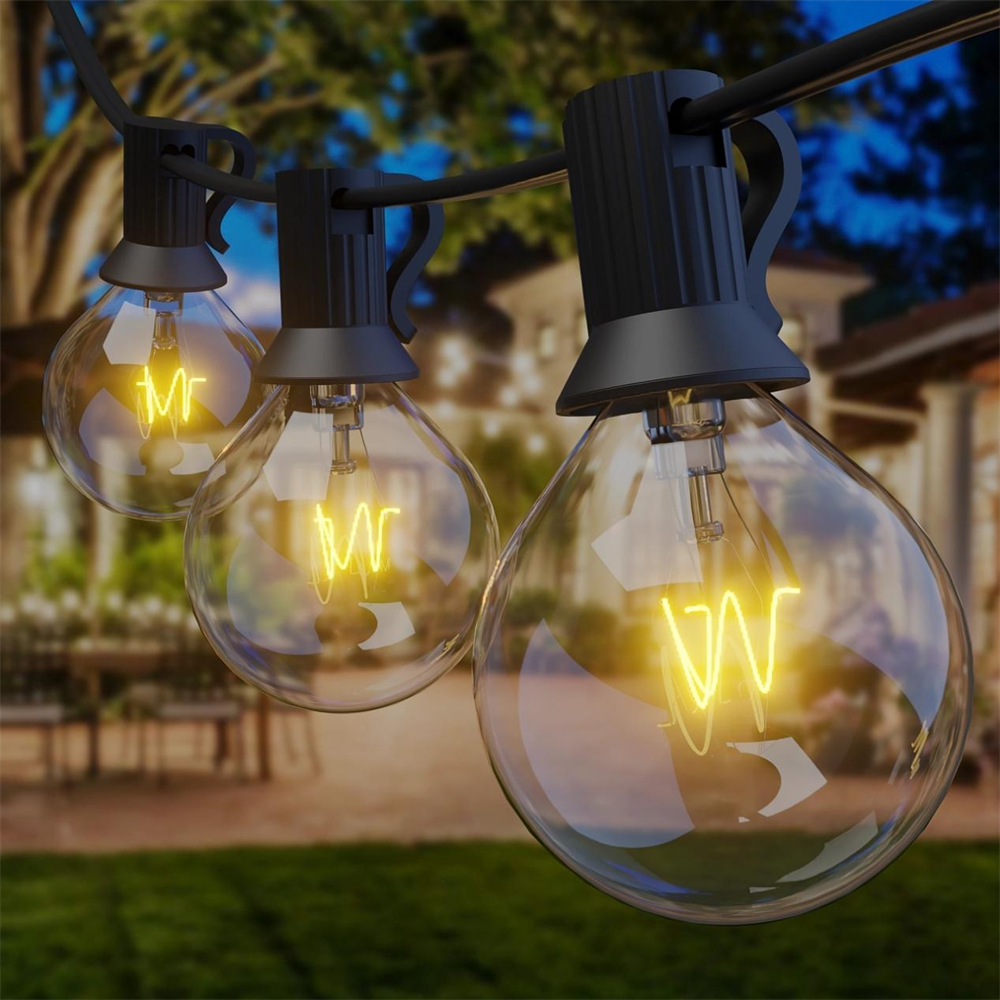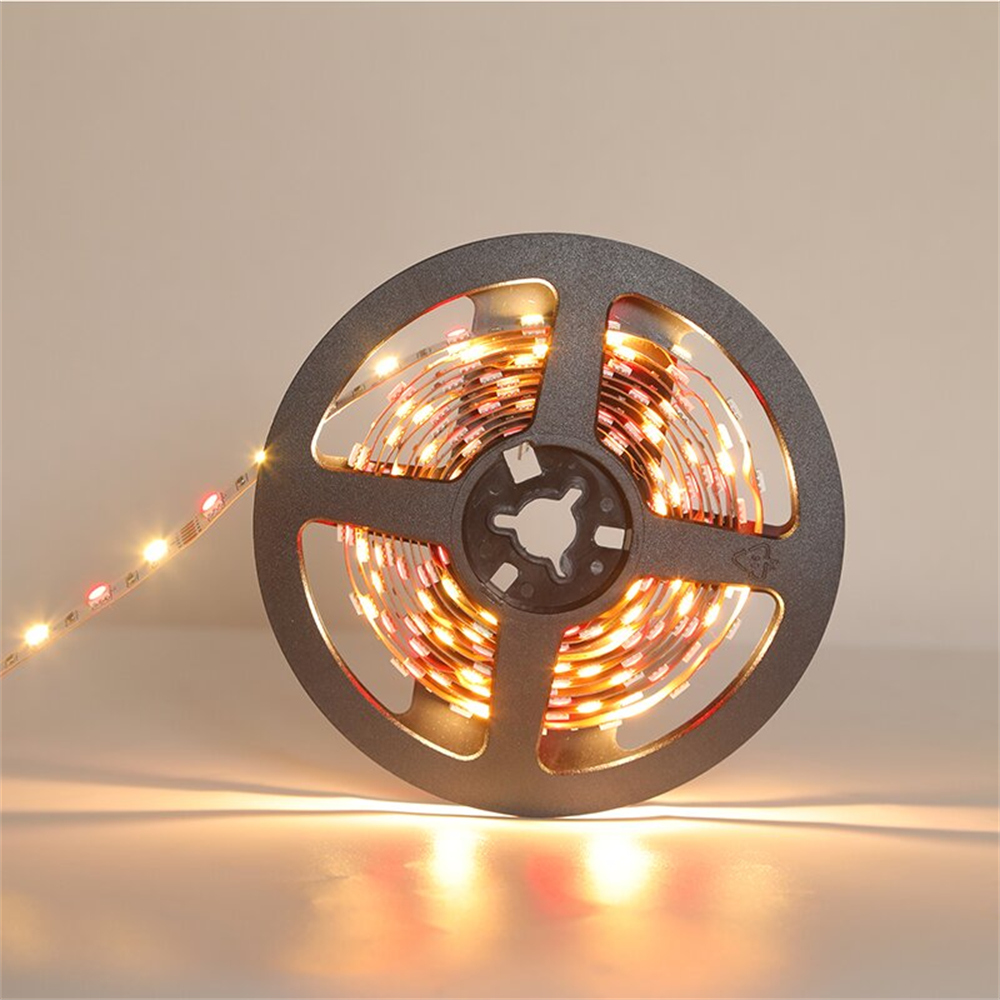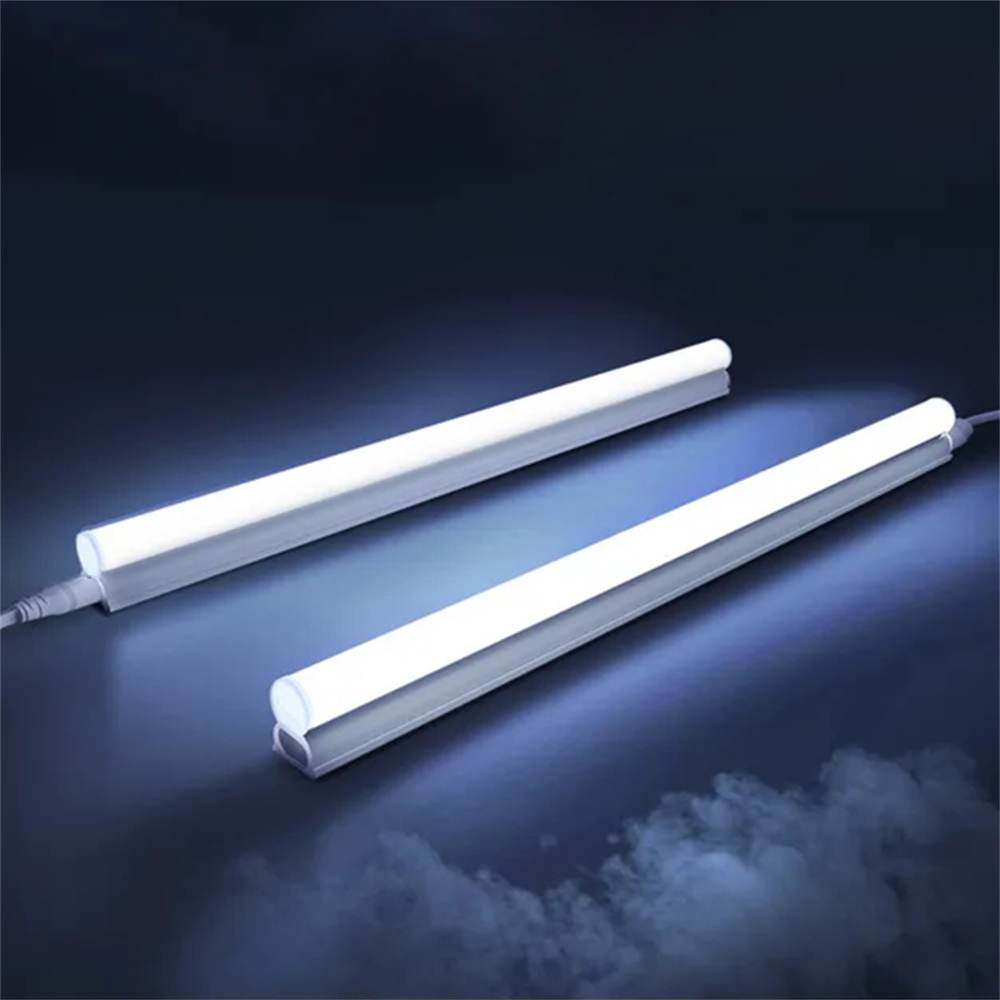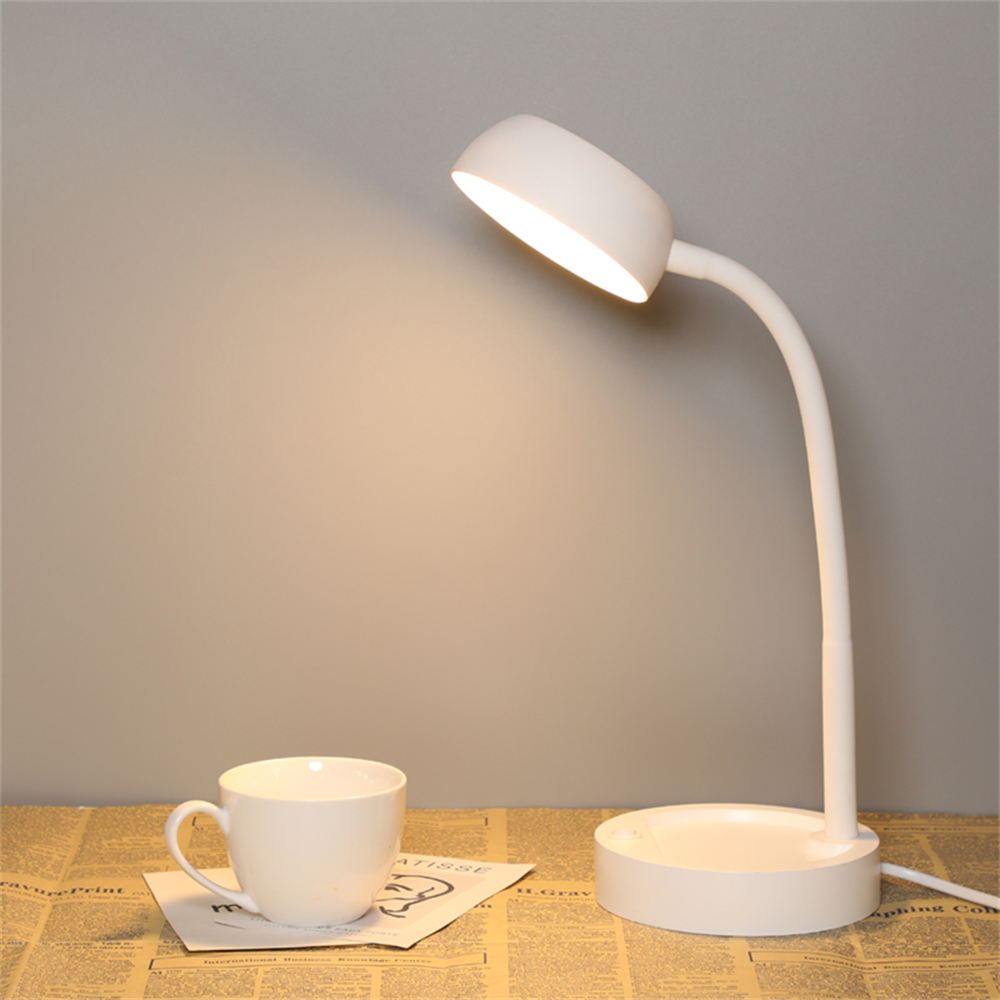Let’s analyze the advantages and disadvantages of each of these lamps here.
1.Incandescent lamps
Incandescent lamps are also called light bulbs. It works by generating heat when electricity is passed through the filament. The higher the temperature of the filament, the brighter the light emitted. It’s called an incandescent lamp.
When an incandescent lamp emits light, a large amount of electrical energy is converted into heat energy, and only a very small amount can be converted into useful light energy.
The light emitted by incandescent lamps is full-color light, but the composition ratio of each color light is determined by the luminescent material (tungsten) and temperature.
The life of an incandescent lamp is related to the temperature of the filament, because the higher the temperature, the easier the filament will sublimate. When the tungsten wire is sublimated to a relatively thin, it is easy to burn out after being energized, thus ending the life of the lamp. Therefore, the higher the power of the incandescent lamp, the shorter the lifespan.
Disadvantages: Of all the lighting fixtures that use electricity, incandescent lamps are the least efficient. Only a small part of the electrical energy it consumes can be converted into light energy, and the rest is lost in the form of heat energy. As for the lighting time, the lifespan of such lamps is usually not more than 1000 hours.
2. fluorescent lamps
How it works: The fluorescent tube is just a closed gas discharge tube.
The fluorescent tube relies on the mercury atoms of the lamp tube to release ultraviolet rays through the process of gas discharge. About 60% of electricity consumption can be converted into UV light. Other energy is converted into heat energy.
The fluorescent substance on the inner surface of the fluorescent tube absorbs ultraviolet rays and emits visible light. Different fluorescent substances emit different visible light.
Generally, the conversion efficiency of ultraviolet light to visible light is about 40%. Therefore, the efficiency of a fluorescent lamp is about 60% x 40% = 24%.
Disadvantages: The disadvantage of fluorescent lamps is that the production process and the environmental pollution after they are scrapped, mainly mercury pollution, are not environmentally friendly. With the improvement of the process, the pollution of the amalgam is gradually reduced.
3. energy-saving lamps
Energy-saving lamps, also known as compact fluorescent lamps (abbreviated as CFL lamps abroad), have the advantages of high luminous efficiency (5 times that of ordinary bulbs), obvious energy-saving effect, and long life (8 times that of ordinary bulbs). Small size and easy to use. It works basically the same as a fluorescent lamp.
Disadvantages: The electromagnetic radiation of energy-saving lamps also comes from the ionization reaction of electrons and mercury gas. At the same time, energy-saving lamps need to add rare earth phosphors. Due to the radioactivity of rare earth phosphors, energy-saving lamps will also produce ionizing radiation. Compared with the uncertainty of electromagnetic radiation, the harm of excessive radiation to the human body is more worthy of attention.
In addition, due to the limitation of the working principle of energy-saving lamps, the mercury in the lamp tube is bound to become the main pollution source.
4. LED lamps
LED (Light Emitting Diode), light-emitting diode, is a solid-state semiconductor device that can convert electrical energy into visible light, which can directly convert electricity into light. The heart of the LED is a semiconductor chip, one end of the chip is attached to a bracket, one end is the negative electrode, and the other end is connected to the positive electrode of the power supply, so that the entire chip is encapsulated by epoxy resin.
The semiconductor wafer consists of two parts, one part is a P-type semiconductor, in which holes dominate, and the other end is an N-type semiconductor, where electrons are mainly. But when the two semiconductors are connected, a P-N junction is formed between them. When the current acts on the wafer through the wire, the electrons will be pushed to the P region, where the electrons and holes recombine, and then emit energy in the form of photons, which is the principle of LED light emission. The wavelength of light, which is also the color of light, is determined by the material that forms the P-N junction.
Disadvantages: LED lights are more expensive than other lighting fixtures.
In summary, LED lights have many advantages over other lights, and LED lights will become mainstream lighting in the future.





